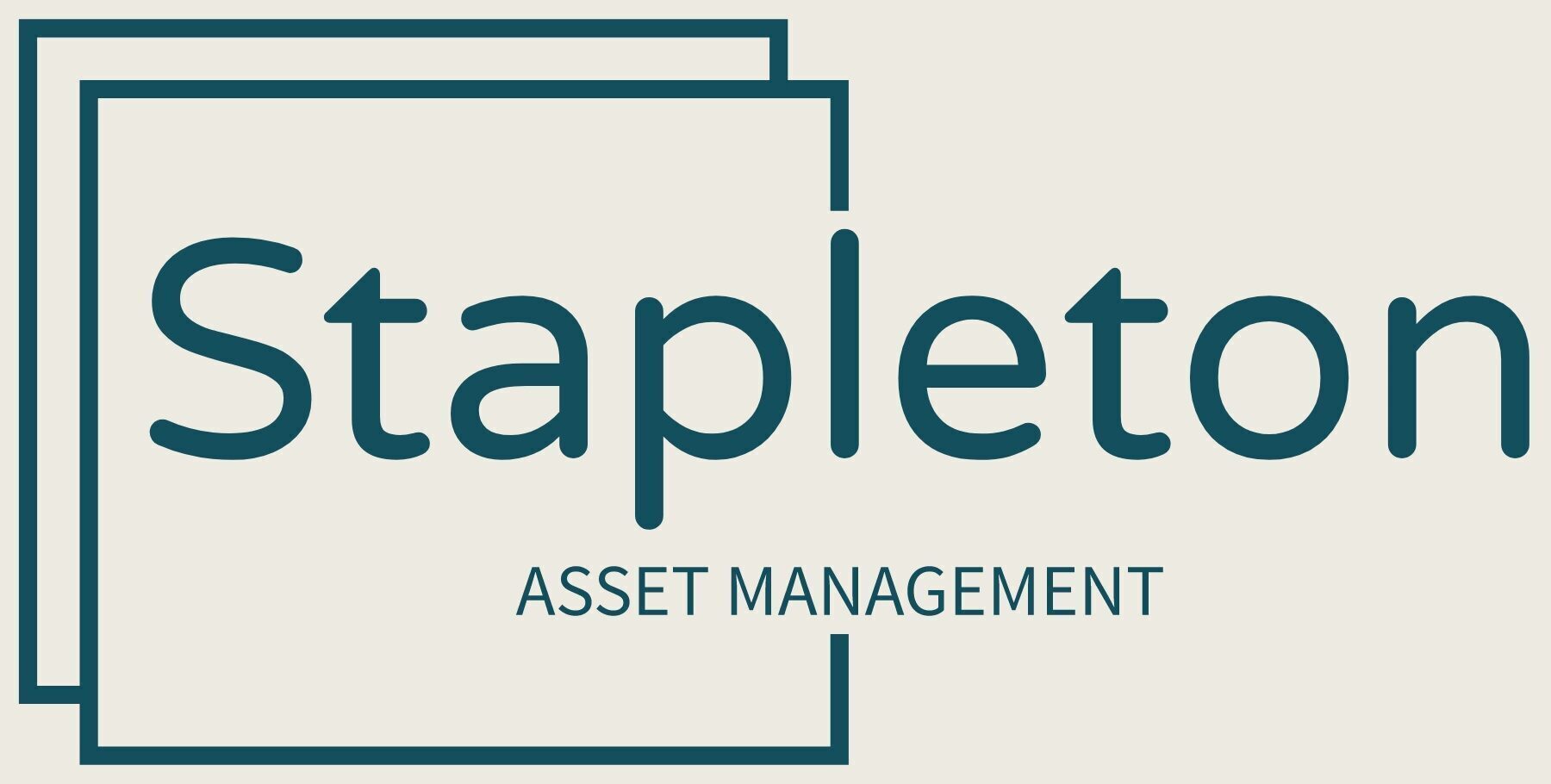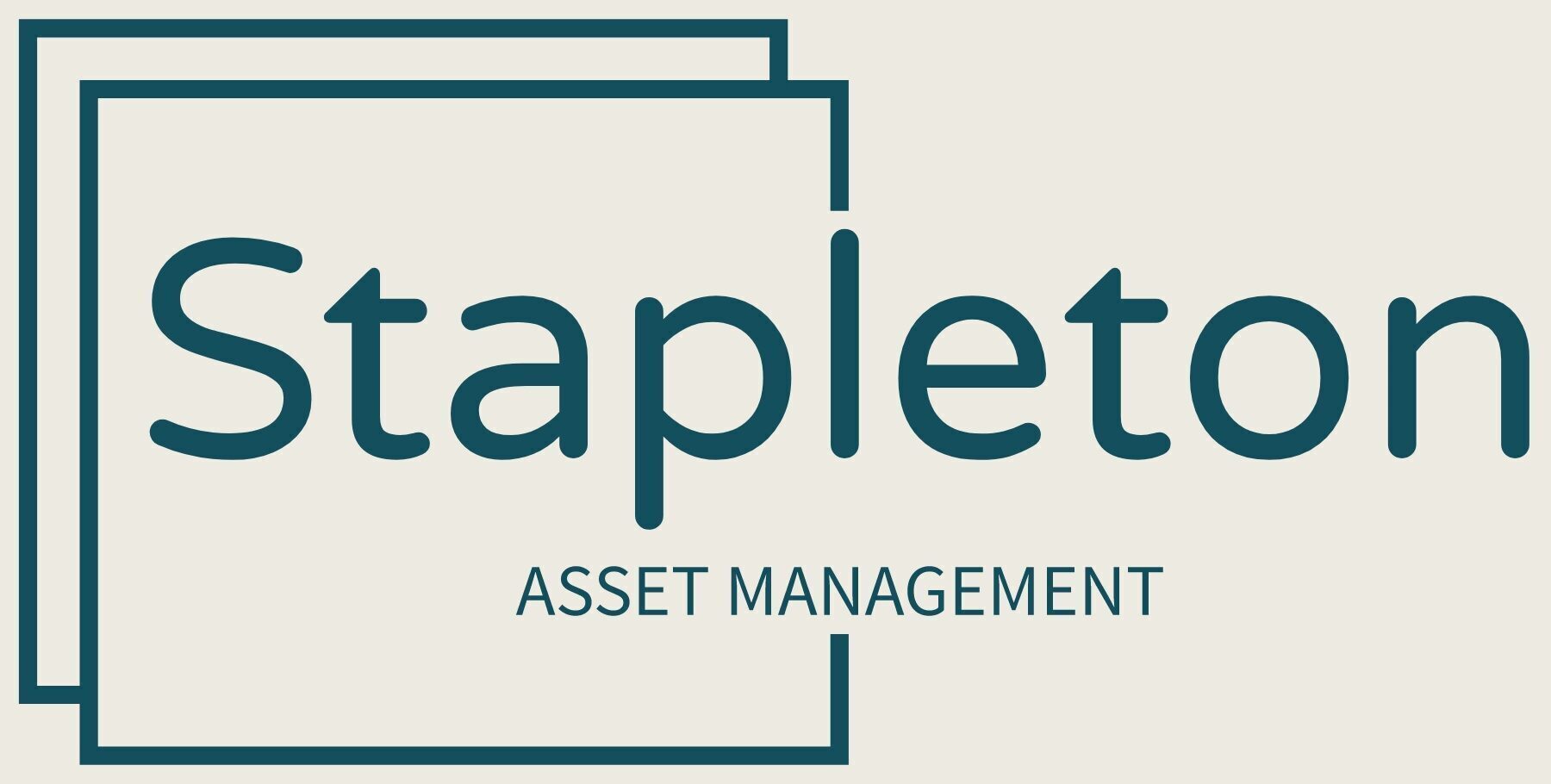The advent of Artificial Intelligence (AI) has been heralded as the dawn of a new economic era which rivals the introduction of the personal computer and the internet. From automating mundane tasks to unlocking insights from big data, AI promises to revolutionize most industries. Investors have chased the excitement, propelling the valuations of AI-focused companies to staggering heights. NVDIA has become the poster child of AI excitement with a 5-year total return of 2,600% and has become the 3rd largest company in the world with a market cap of $3.06 Trillion! This enthusiasm raises critical questions: Can AI truly deliver on its lofty promises? Are current valuations reflective of realistic progress or inflated expectations?
The Economic Promise of AI
AI’s potential reshaping of the economy has focused on 4 expectations:
- Innovation and New Markets
- Productivity and Efficiency Gains
- Cost Reduction
- Accelerate innovation and scientific discoveries
Innovation and New Markets
The most obvious and well-known use of AI is in autonomous vehicles with the largest advocate, Tesla. This technology is exciting because it should reduce insurance costs, the number of accidents and mortality from vehicle crashes. On the flip side, full adoption of autonomous driving without human intervention could dramatically impact the 3.5 million truck drivers, 1.5 million taxi/ride sharing drivers, 1.4 million delivery drivers and 680,000 bus drivers in the United States.
There are cool new markets for AI such as its use in:
- personalized education
- personal assistants
- smart home technologies
- emotional AI for mental health and customer service
- enhanced augmented/virtual reality
- biometrics and cybersecurity
- healthcare screening and personalized medicine
- video generation
The text-to-video with AI is one of the easiest to wrap our heads around. It is quite possible that complete movies, tv shows, and advertisements can be created without movie sets, cameras, actors/actresses, or crew. The progress is rapidly expanding in this space and you can see some of the impressive current examples here:
- Runway: “What is Runway Gen-3 Alpha? How it Works, Use Cases, Alternatives & More”
- OpenAI with Sora
- Synthesia Video Templates (Corporate Training and Marketing)
How many jobs will these new use cases create and how many will they displace?
Productivity and Efficiency Gains
There are obvious ways in certain industries where AI algorithms can process and analyze data far more quickly than humans, leading to faster decision-making and streamlined operations. Industries such as manufacturing, healthcare, and finance are leveraging AI to optimize supply chains, personalize medicine, and detect fraudulent transactions. To me, this is less about “intelligence” and more about computers being very quick in parsing large data sets. The AI framework allows it to be more efficient without a lot of heavy lifting on the front-end to build these computer-driven analytic and processing engines.
Labor Cost Reduction
Automating repetitive and time-consuming tasks allows companies to reduce operational costs. Chatbots can be used to handle customer inquiries without the need for large customer service teams. AI automation can handle processing and analyzing large amounts of data that had previously been managed slowly by human workers. There is a lot of talk about how AI will “transform” jobs and not necessarily eliminate them, but I think it is a key question that we do not know the answer to yet. McKinsey released a report that forecasted “up to 30 percent of hours currently worked across the US economy could be automated by 2030”.[1] Will 30% of jobs be eliminated or will people work less and earn less? They also forecasted that 12 million occupational transitions may be needed by 2030 and lower-wage jobs are 14 times more likely to need to change occupations which will require them to acquire additional skills. Will the jobs be recovered or will the outcome look much like the manufacturing industry in the United States after many jobs were shipped overseas to lower labor costs?
Innovation and Scientific Discoveries
The most exciting prospects for AI really reside in its ability to concatenate, manipulate, and analyze large data sets like never before. With its speed and intellect, we hope to discover new connections, predictions, efficacy of treatment and drugs, development of new materials and designs, etc. These are the great big promises that are hard to quantify, but easy to become excited about. These potential breakthroughs in the medical industry involve drug design and discovery, early detection and diagnosis of cancer and medical conditions, robotic-assisted surgery, abnormalities detection in CT scans and MRI’s, and personalized medicine with more precise treatment.
The greatest excitement has been around Alphafold by Google Deepmind. Alphafold has been using AI to predict protein structures quickly and accurately. This accelerated research has an impact on nearly every field of biology. “What took us months and years to do, AlphaFold was able to do in a weekend.” – Professor John McGeehan. Alphafold currently has two million users in 190 countries which means it is potentially saving hundreds of millions of years in research time. Deepmind, as a subsidiary of Google, has not directly commercialized the results of Alphafold. The technology has been released freely to the scientific community. The near-term commercial success will most likely be achieved by biotechnology and pharmaceutical companies such as Pfizer, AstraZeneca, Exscientia, and BenevolentAI.
Expectations vs. Reality
The high valuations often assume that AI will rapidly achieve significant breakthroughs and widespread adoption. Billions of dollars are being poured into AI research and development, with investors betting big on the future of this technology. This raises a red flag about whether these valuations are sustainable and whether the current level of investment is justified by the actual economic returns of AI.
Challenge of monetization: While AI platforms offer impressive capabilities, translating these capabilities into profitable business models remains a huge challenge. Many AI companies are still struggling to find sustainable revenue streams. OpenAI, the leading AI research company, is reportedly generating about $3.4 billion in revenue per year, but with annual costs over $7 billion. Their servers are near capacity with 290,000 of the 350,000 just dedicated to ChatGPT.
Cost of development: Developing and training sophisticated AI models requires massive computational resources and highly skilled personnel, leading to substantial upfront investment and ongoing operational costs. The high cost of entry creates a barrier for smaller companies and could limit the widespread adoption of AI. There are many estimates that OpenAI is on track to lose $5 billion per year. This all comes after seven rounds of funding which raised over $11 billion of investments. Many believe that OpenAI will run out of cash within 12 months unless it raises more capital.
Energy Consumption: It is estimated that AI energy use could double every 3 to 4 months without any improvements in efficiency. By 2030 it is estimated that AI will consume 10% of the world’s electricity. A typical ChatGPT query consumes as much as 10 times the energy of a typical Google search.
Unrealistic expectations: The hype surrounding AI has created inflated expectations about its capabilities and its timeline for delivering tangible economic benefits. This could lead to disappointment and disillusionment if AI fails to live up to the hype in the short term.
Conclusion
Let’s be clear, Artificial Intelligence holds immense potential to transform economies and create new wealth. The issue is that the journey from potential to reality is fraught with a load of challenges that may take years to work through and overcome. High company valuations reflect optimistic expectations that may not account for these hurdles. The companies that are burning cash in an AI arms race are hard to rationalize in AI’s current state. On the flip side, NVDIA has real earnings growth from the demand for their AI chips. Google, Apple, Microsoft and Meta will continue to make money from their traditional businesses. Utility companies will have large new demands from AI and the companies that help provide cleaner energy and/or decarbonize the data centers have bright futures with the continued build out of AI.
The big question is: when will AI hit breakeven for the AI producers? The secondary questions are prolific. What does the future economy look like? Will there be fewer jobs or will it be a transformative outcome with cheaper costs? Will wealth be distributed or will it exacerbate income inequality? Will governments have to step in to provide Universal Basic Income (UBI)? Will AI entrench the dominance of large tech companies such as Google, Amazon and Microsoft? Will there be a bias in AI algorithms?
I am excited about AI’s prospects, but I also tend to be cautious when the public excitement looks more like euphoria. The internet and technology were gamechangers for the economy, but we also got a little ahead of ourselves in the late 90’s.
[1] Generative AI and the future of work in America. July 26, 2023. https://www.mckinsey.com/mgi/our-research/generative-ai-and-the-future-of-work-in-america



Comments are closed